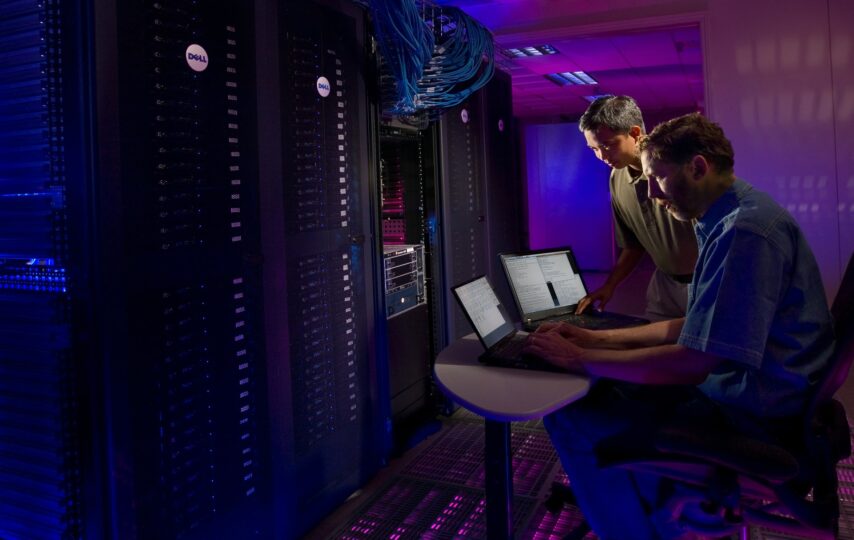A server is one of the least glamorous pieces of technology that you can have – it’s the opposite of consumer tech – often clunky and basic with rare instances of new features that are truly exciting. However, in the past decade or so, there have been some key features that have changed the way that people access their information – cloud technology is one, modern virtualization is another. If you’ve been neglecting your server for a while, you might wonder if it is time to have an upgrade, or if you won’t get too many benefits from it.
New Features
If you have a plain old physical server, you might want to upgrade even if it’s performing well. That’s because you put yourself at risk of server failure without a backup. You can buy another server as a backup, but that can be quite expensive to do depending on your usage requirements. If you already have a backup, if it’s in the same location, you are vulnerable to power surges and cuts, as well as disasters like fires. Cloud servers can completely eliminate system crashes if set up properly and allow for instant disaster recovery, according to 24×7 IT Solutions.
Measuring Server Performance
There will be sure-fire signs that you require a server upgrade because your existing server is not performing as well as it should be. You should be able to access several metrics that will let you know if your server is on its way out – ignoring these performance issues can lead to downtime and even server failure in some cases.
Requests per Second
This is also called throughput – it is the number of requests (whether they’re SQL queries or just simple pings) that your server receives per second. Handling these requests is the main job of a server, but servers can get overwhelmed easily – that’s why it was so easy to bring down websites before DDOS protection. If you are close to your server’s throughput threshold, it might be time for an upgrade.
Data Out
Data out is a measurement of how large the payloads that are being sent to clients are. Websites are getting more and more sizeable as data is becoming easier to manage, so if your server is giving long responses on payloads, it’ll lead to slow websites or applications and can cause user abandonment.
ART
The Average Response Time of a server is simply the average time it takes to respond to requests. The shorter, the better – but remember that it’s an average and there may be peaks that can cause server downtime if it can’t handle it.
PRT
Peak response time is a measurement of the longest response that your server gives – if your ART is good (less than 200ms or so), but you have a long PRT that’s a sign that your server can’t handle all of its responsibilities. As a result, you will need to either change the responsibilities (possible in the form of changing the server applications or even server OS if you can) or upgrade your server if that’s still not good enough.








